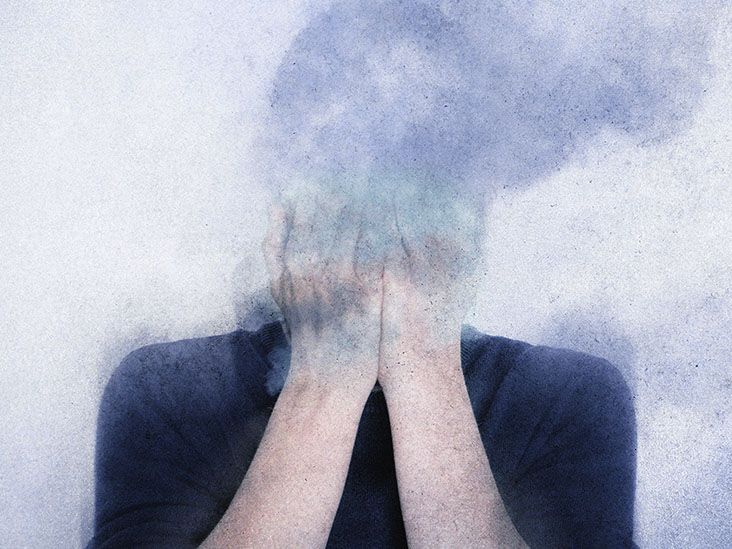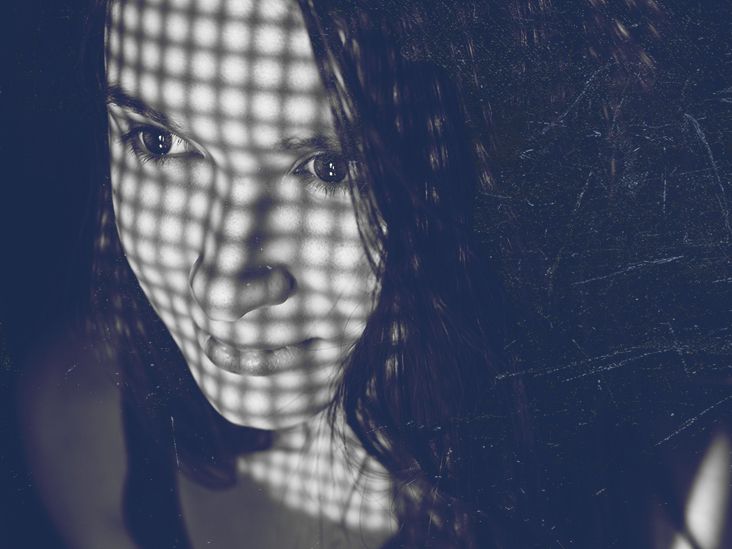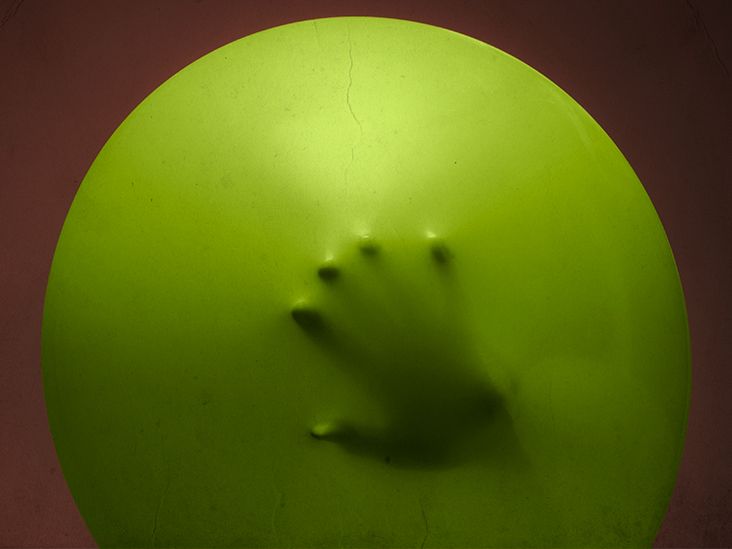Delusional disorder and schizophrenia are two mental health conditions with significant similarities and differences.
This article compares delusional disorder and schizophrenia in terms of symptoms, treatment, and more.
A note about sex and gender
Sex and gender exist on spectrums. This article will use the terms “male,” “female,” or both to refer to sex assigned at birth. Click here to learn more.

Experts classify both conditions as falling under the broad category of schizophrenia spectrum disorders, which includes:
- schizophrenia
- schizoaffective disorder
- schizophreniform disorder
- brief psychotic disorder
- psychosis not otherwise specified
- delusional disorder
Key similarities
The presence of delusions is shared between both conditions. Delusions are fixed beliefs that are difficult to modify despite strong, convincing evidence to the contrary. In both cases, these
- delusionally interpreted bodily sensations, which concern the belief that something is wrong with them medically or physically
- erotomania, which is the belief that someone, often of higher status, is in love with them
- grandiosity
- morbid jealousy
Experts do not know the exact underlying cause of either condition. The likely explanation is that biological, environmental, and psychological processes all interact to lead to their development.
Key differences
As well as delusions, people with schizophrenia typically also experience hallucinations, negative symptoms, and cognitive symptoms. These can often interfere with the person’s daily life. A person with delusional disorder usually does not experience these additional symptoms.
Age of onset often differs as well. Doctors
Delusional disorder
For a mental health professional to diagnose delusional disorder, a person must hold at least one delusional idea or thought for at least
- hallucinations that are mild and revolve around the same delusion, such as seeing an infestation of insects
- typical functioning except for possible consequences from their delusions
- brief mood disorders, such as depression
Schizophrenia
For a mental health professional to diagnose schizophrenia, a person must present with two or more of the following symptoms for a significant portion of time during
- delusions
- hallucinations
- disorganized speech, which involves frequent derailment or incoherence
- disorganized or catatonic behavior
- negative symptoms, which can include affective flattening, difficulty speaking, or lack of motivation
A person must also show marked changes in behavior in social or occupational settings and continuous signs of disturbance for 6 months or more.
The following describes the symptoms of delusional disorder and schizophrenia.
Delusional disorder
Delusional disorder occurs when a person holds onto at least one delusion.
A significant distinction between delusional disorder and schizophrenia is that a person will not
Schizophrenia
Schizophrenia can present with several potentially severe symptoms. They
- symptoms of psychosis, such as hallucinations, delusions, and thought disorder, which describes unusual ways of thinking
- reduced expression of emotions
- cognitive impairment
- impaired motivation to accomplish goals
- difficulties in relationships
- motor impairment
Symptoms often begin to appear in the late teens to early 30s. They tend to start earlier in males than females.
Overlapping symptoms
Both delusional disorder and schizophrenia can involve the presence of delusions. These fixed beliefs become firmly established and are unlikely to change even when challenged with contradicting evidence.
Both can involve hallucinations. However, the hallucinations associated with delusional disorder
Treatments for delusional disorder and schizophrenia are generally the same.
Ensuring safety
Experts
Because delusions can lead people to perceive others as their enemies, it may also be necessary to ensure the safety of people around them who have become incorporated into the delusion.
However, it is important to note that delusions are not generally dangerous, and most people with schizophrenia are no more likely to behave violently than people without this condition.
Help is out there
If you or someone you know is in crisis and considering suicide or self-harm, please seek support:
- Call or text the 988 Lifeline at 988 or chat at 988lifeline.org. Caring counselors are available to listen and provide free and confidential support 24/7.
- Text HOME to the Crisis Text Line at 741741 to connect with a volunteer crisis counselor for free and confidential support 24/7.
- Not in the United States? Find a helpline in your country with Befrienders Worldwide.
- Call 911 or your local emergency services number if you feel safe to do so.
If you’re calling on behalf of someone else, stay with them until help arrives. You may remove weapons or substances that can cause harm if you can do so safely.
If you’re not in the same household, stay on the phone with them until help arrives.
Building trust
The next step is often working together toward a common goal to help build a therapeutic alliance. The most important aspect of a treatment plan is for the person to participate in it. Achieving a goal together can help build trust and make it easier for mental health professionals to delve into deeper topics about their delusions.
Ongoing goals
Ongoing therapeutic goals often involve improving self-esteem, working on thought patterns, challenging delusions, and building resilience.
While therapeutic approaches can be effective for both conditions, they may be less effective if cognitive impairment is present.
Medication and psychotherapy
Healthcare and mental health professionals may also recommend using medications for both conditions, which could include antipsychotics or antidepressants. Responses can vary from person to person.
Cognitive behavior therapy (CBT) is potentially effective for both conditions. It can help a person build the ability to notice their delusions and choose how to react to them or express them to others.
In both cases, treatment can help a person live a fulfilling life.
The following are answers to some questions people commonly ask about delusional disorder and schizophrenia.
Does delusional disorder turn into schizophrenia?
Delusional disorder and schizophrenia are both on the schizophrenia spectrum. They are different conditions that do not lead to each other. A person does not typically progress with worsening symptoms of delusional disorder.
Do people with schizophrenia have the same delusions?
Schizophrenia presents differently in each individual. People typically experience different delusions from others. However, these
What is the main difference between delusional disorder and schizophrenia?
The main distinctions between delusional disorder and schizophrenia are the age of onset and severity of impact on daily life. Symptoms typically begin in middle age with delusional disorder and between the teens and 30s with schizophrenia.
A person with delusional disorder will not usually have symptoms that interfere with their daily life. People with schizophrenia generally experience hallucinations, negative symptoms, and other factors that can impair their typical levels of functioning.
Delusional disorder and schizophrenia are both psychotic spectrum disorders. They involve delusions, which involve a fixation on set, inaccurate beliefs.
Schizophrenia also involves additional symptoms that can make it more challenging to continue with their daily life.
Both conditions respond to similar therapies that can include psychotherapy and medications. CBT is one type of psychotherapy that may be effective for either condition. With treatment, people with either condition often live fulfilling lives.




